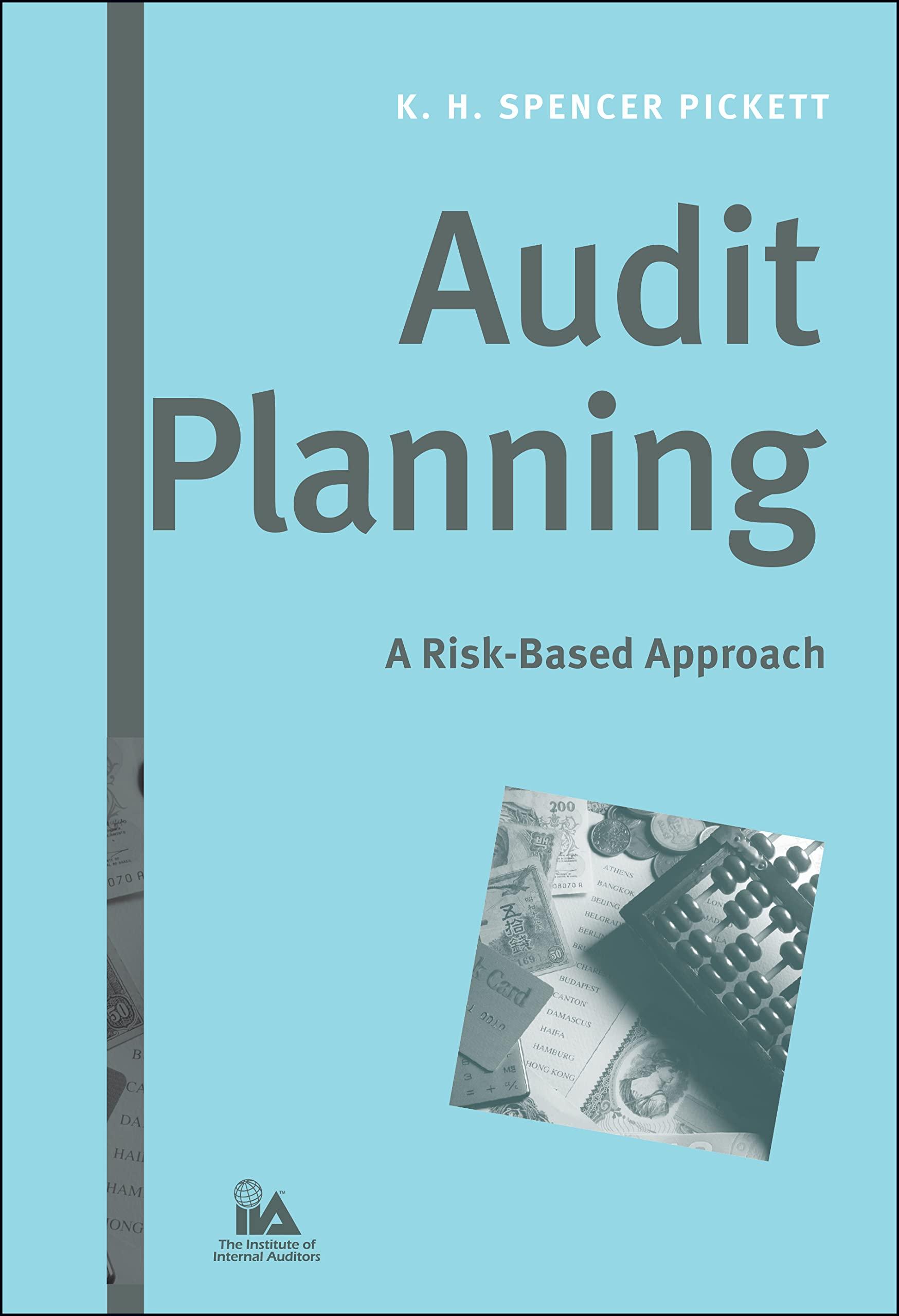Question
Richard Miller is a commercial fisherman, and he has just returned from a trip off the coast of Maine. He has calculated the cost of
Richard Miller is a commercial fisherman, and he has just returned from a trip off the coast of Maine. He has calculated the cost of his catch as follows:
| Wages of deckhands | $33,600 | |
| Richards wage | 17,400 | |
| Food, medical supplies, etc. | 7,400 | |
| Depreciation of netting and other equipment | 5,400 | |
| Depreciation of boat | 13,100 | |
| Fuel | 16,700 | |
| Total | $93,600 |
Richards nets yielded a catch of 16,400 pounds of salmon, 25,420 pounds of halibut, and 40,180 pounds of flounder. Salmon sells for $10 per pound, halibut for $6 per pound, and flounder for $2 per pound.
Allocate joint costs based on weight. With these costs, what is the profit associated with each type of fish?
| Profit | ||
|---|---|---|
| Salmon | 145280 | |
| Halibut | 123504 | |
| Flounder | 34496 |
Allocate joint costs based on relative sales values. With these costs, what is the profit associated with each type of fish? (Round relative sales value proportion percent to 3 decimal places, e.g. 32.954% and final answers to 0 decimal places, e.g. 125.)
| Profit | ||
|---|---|---|
| Salmon | ||
| Halibut | ||
| Flounder |
Step by Step Solution
There are 3 Steps involved in it
Step: 1

Get Instant Access to Expert-Tailored Solutions
See step-by-step solutions with expert insights and AI powered tools for academic success
Step: 2

Step: 3

Ace Your Homework with AI
Get the answers you need in no time with our AI-driven, step-by-step assistance
Get Started


